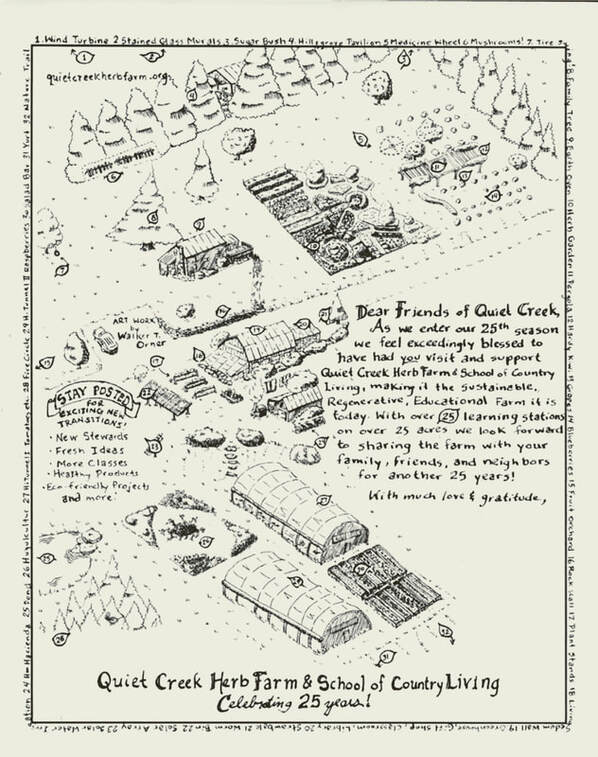In Harmons, Jamaica I saw poverty -- the lack of material resources. The people had the basic necessities: clean air, simple shelter, clothing, water collected off their roofs, fresh fruit, vegetables, free-range eggs, meats, but nothing more than that.
Told to my mom by one of our neighbors, Winsome, that nobody in Harmons ever starved. Everyone took care of each other and shared what they cultivated and harvested from God. Though they had little money or luxuries, I witnessed their richness in community, friendship and God’s love.
On our way back to the USA, we stayed a night at an all-inclusive resort in Montego Bay here materialistic wealth was everywhere. The bars, restaurants, waterpark, swimming pools, and beaches were open twelve hours a day. Excess was abundant; people could eat and drink whatever and whenever they wanted. They appeared to wander from one excess to the next, independent of each other with no sense of community or friendship. They had the fanciest clothing and latest technology.
So I ask who are the richer people? Is it the American and Canadian tourists who materially had everything they could want, but appeared lost in the excess? Or was it the people of Harmons who had just simple necessities, but a supportive community reaching out to help in any way?
What if the whole world shared materialistic wealth? It would also make everyone equally rich in the things that are really important: love and peace.
Take a trip to Harmons or read Irresistible Revolution by Shane Claiborne, this thought provoking book and my mission experience have opened my eyes.
Told to my mom by one of our neighbors, Winsome, that nobody in Harmons ever starved. Everyone took care of each other and shared what they cultivated and harvested from God. Though they had little money or luxuries, I witnessed their richness in community, friendship and God’s love.
On our way back to the USA, we stayed a night at an all-inclusive resort in Montego Bay here materialistic wealth was everywhere. The bars, restaurants, waterpark, swimming pools, and beaches were open twelve hours a day. Excess was abundant; people could eat and drink whatever and whenever they wanted. They appeared to wander from one excess to the next, independent of each other with no sense of community or friendship. They had the fanciest clothing and latest technology.
So I ask who are the richer people? Is it the American and Canadian tourists who materially had everything they could want, but appeared lost in the excess? Or was it the people of Harmons who had just simple necessities, but a supportive community reaching out to help in any way?
What if the whole world shared materialistic wealth? It would also make everyone equally rich in the things that are really important: love and peace.
Take a trip to Harmons or read Irresistible Revolution by Shane Claiborne, this thought provoking book and my mission experience have opened my eyes.
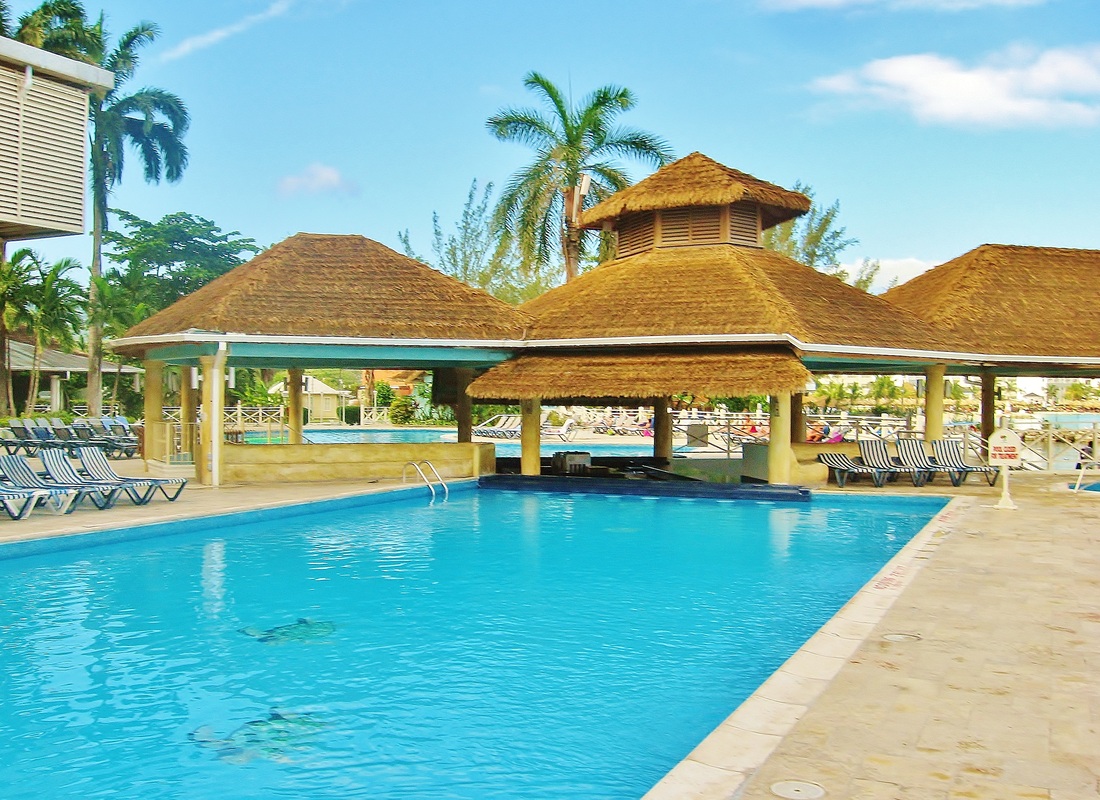
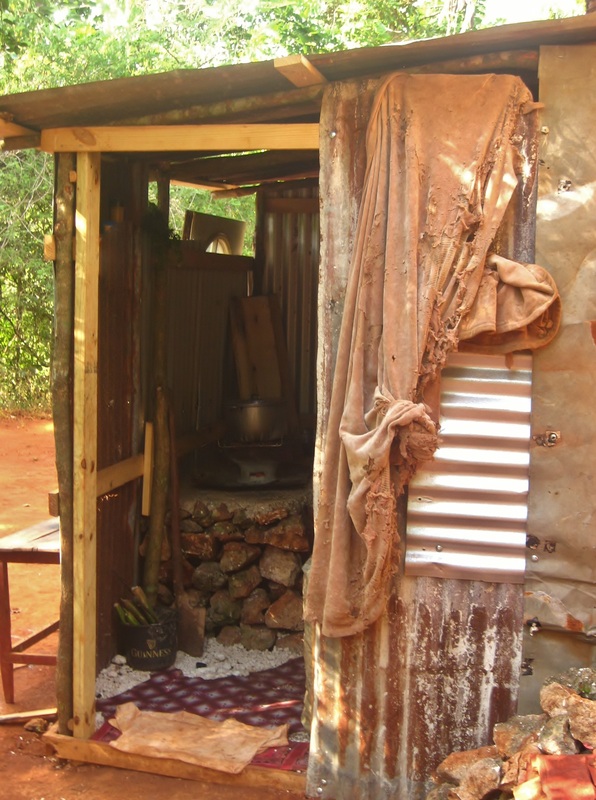
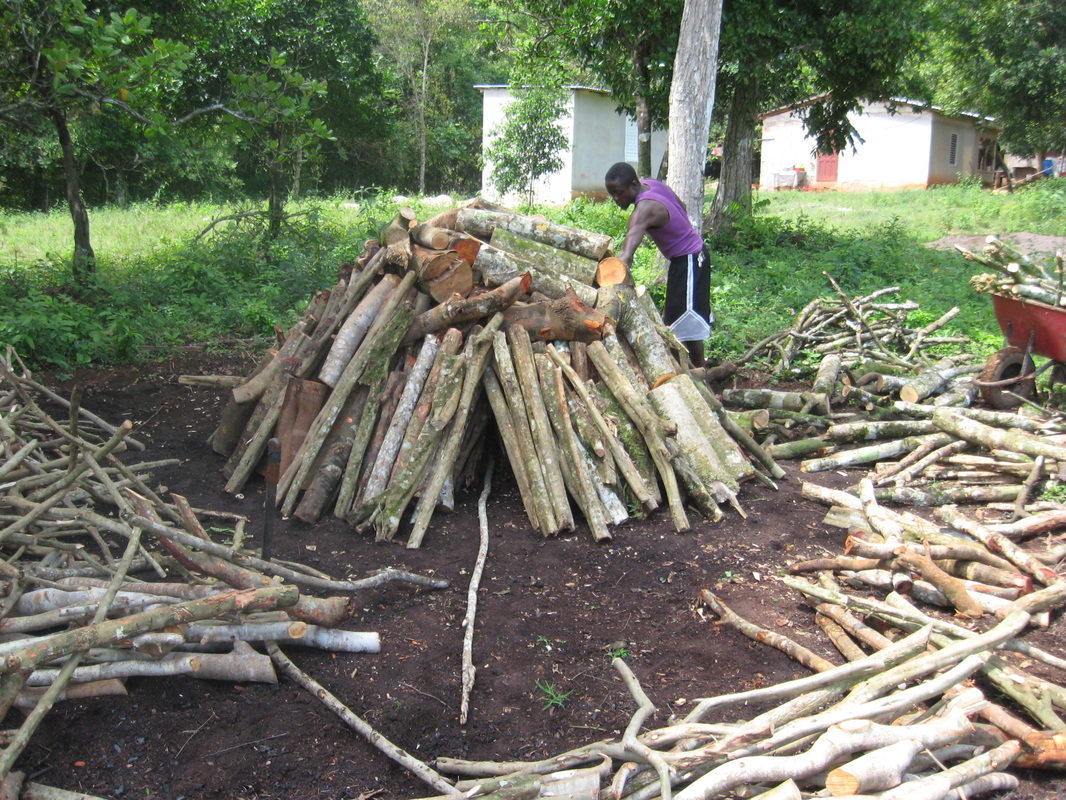
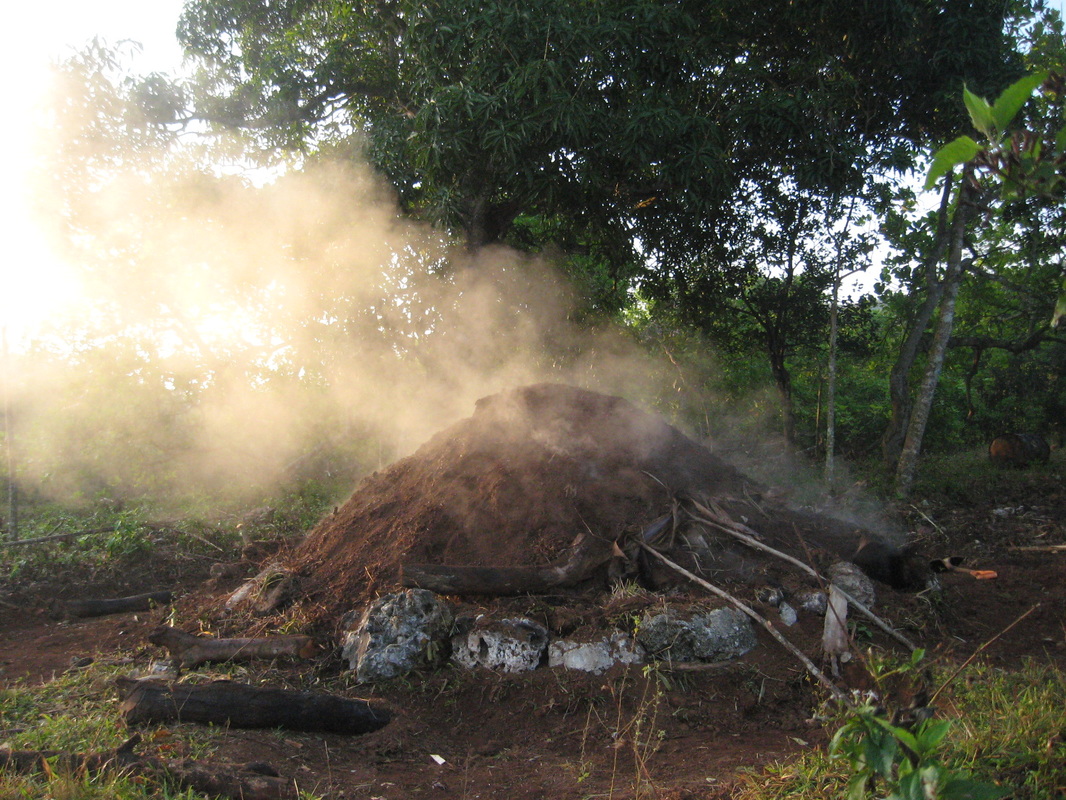

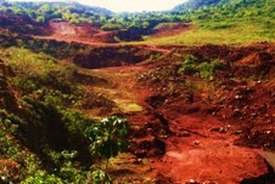
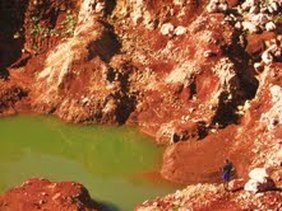
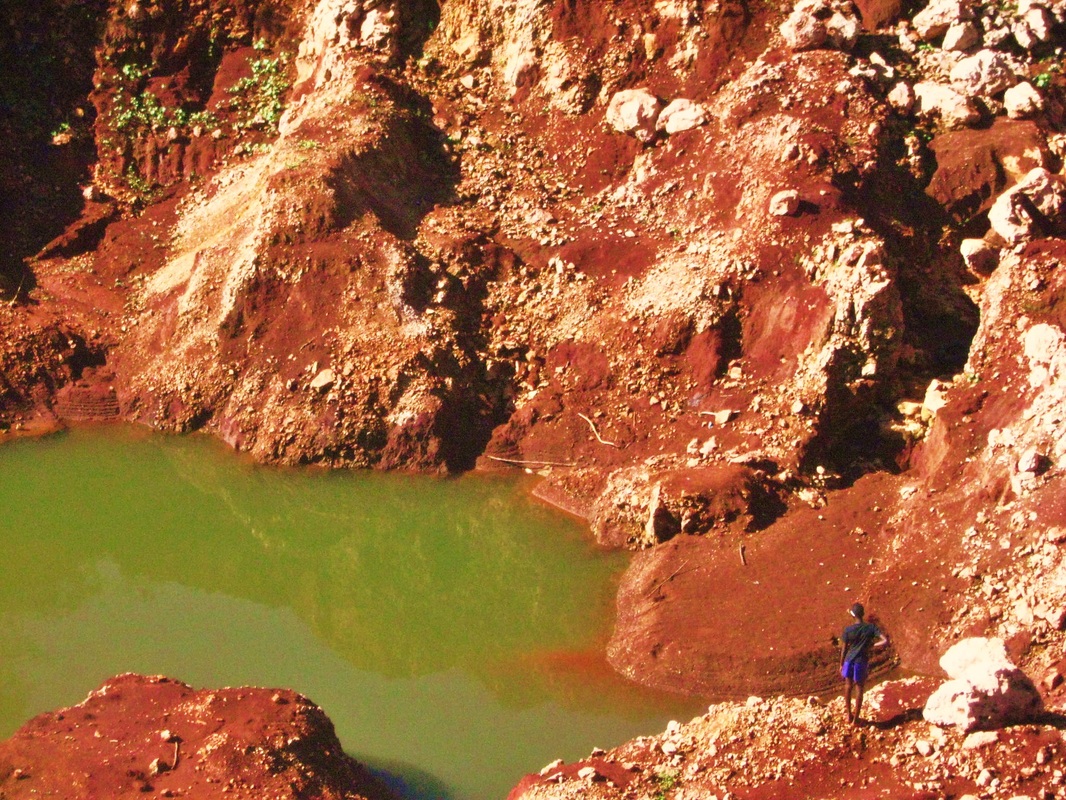
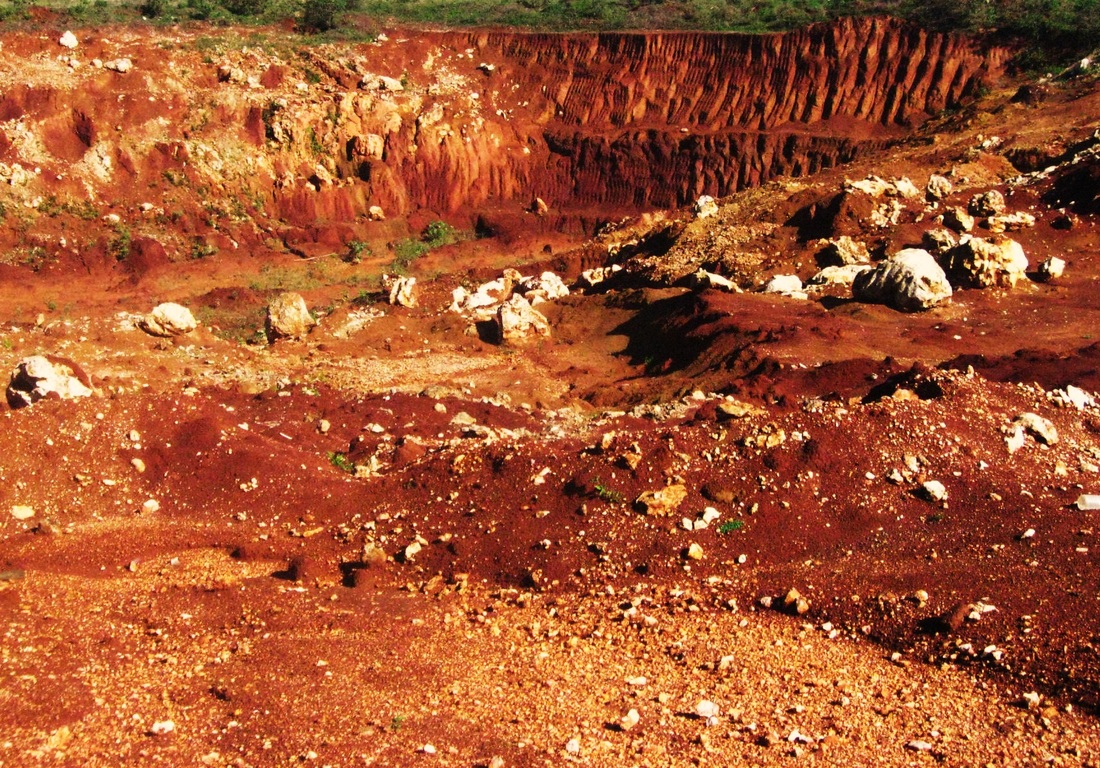
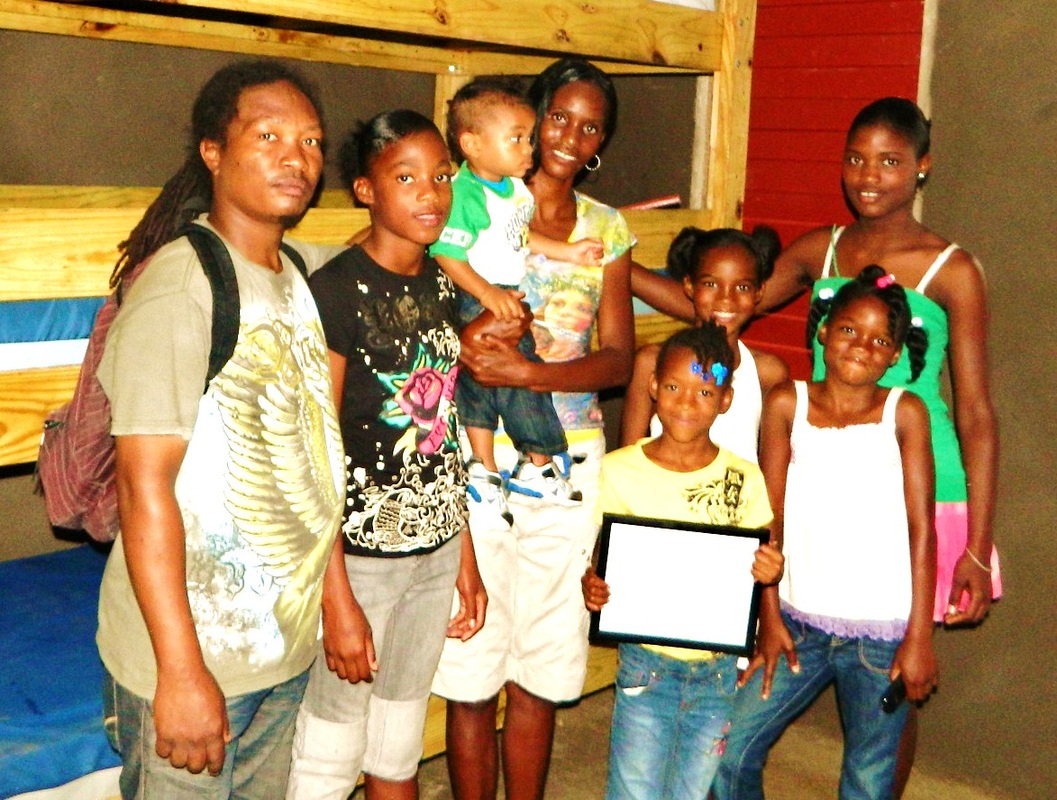
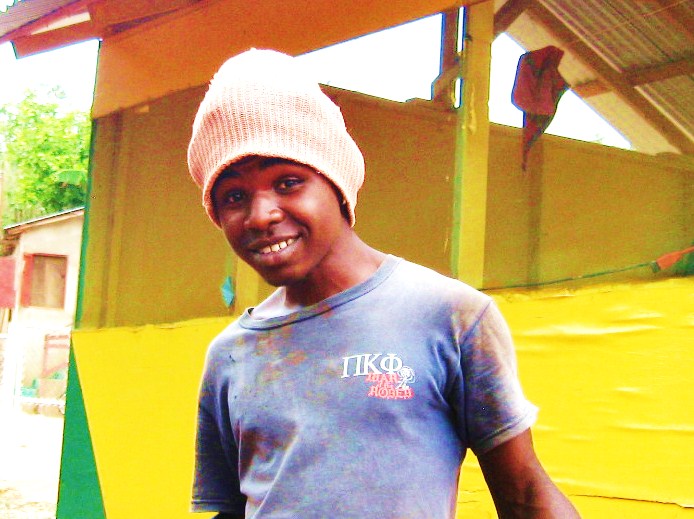
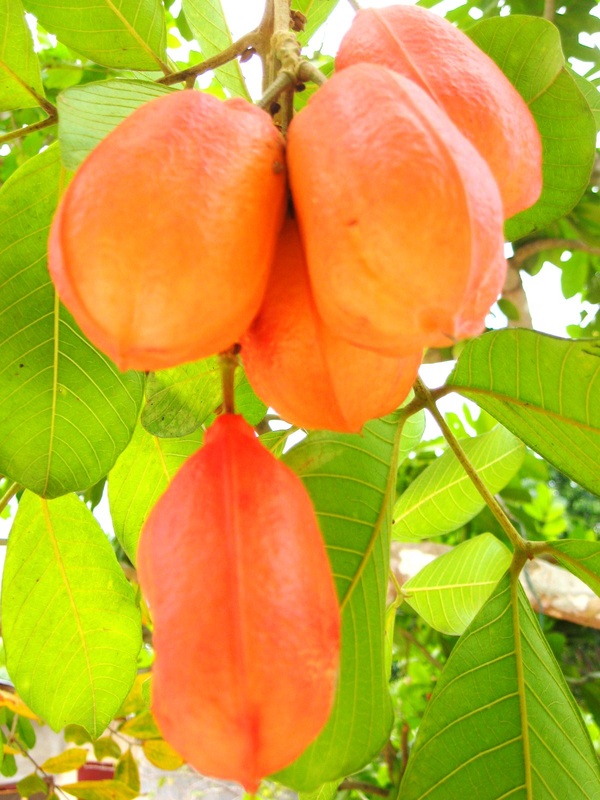
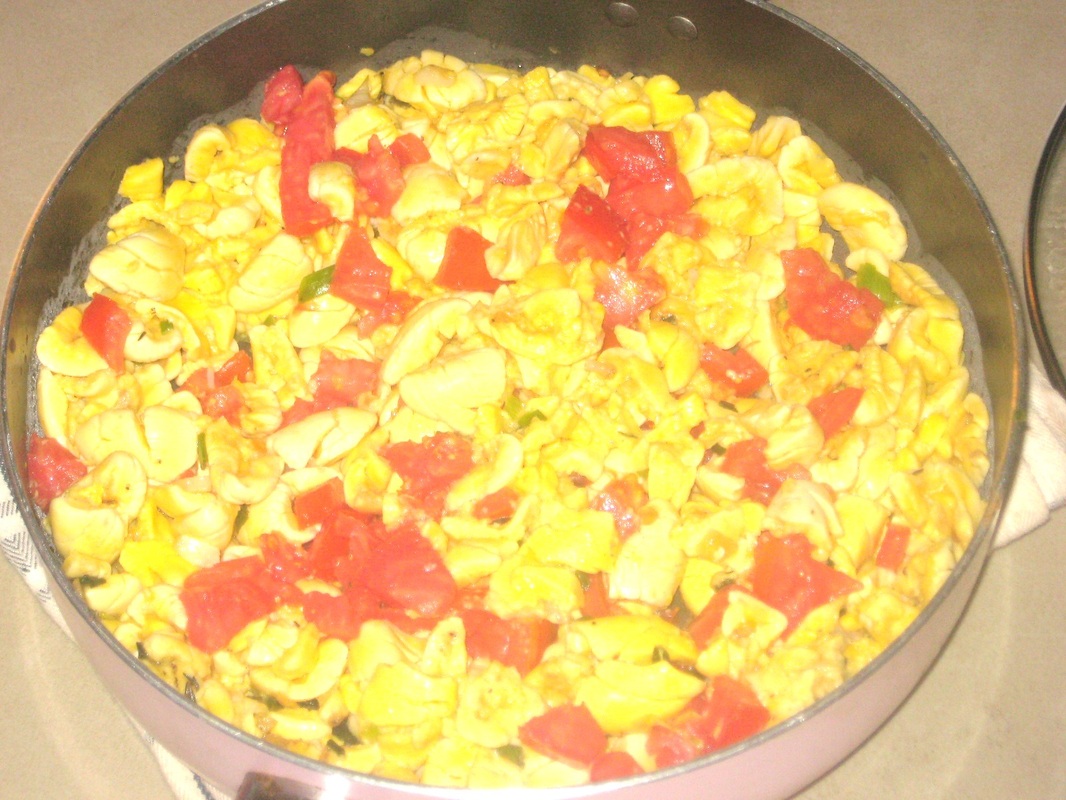
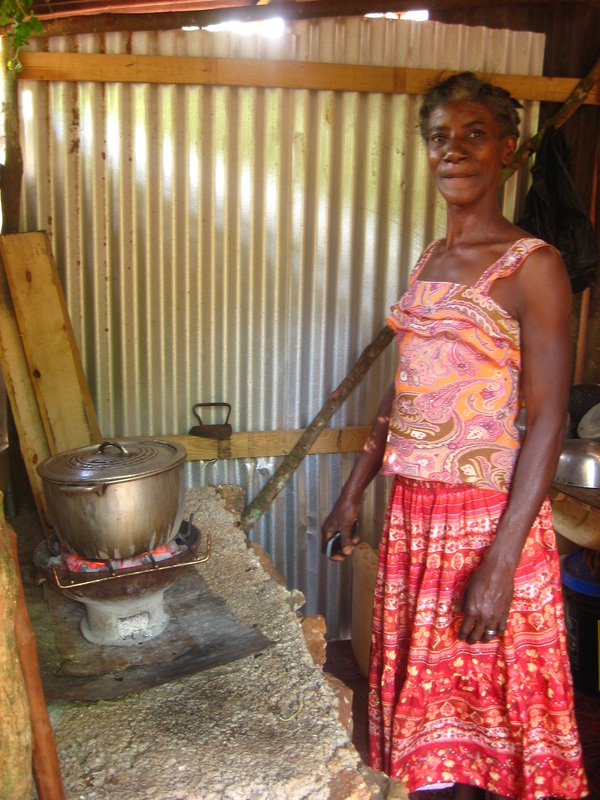
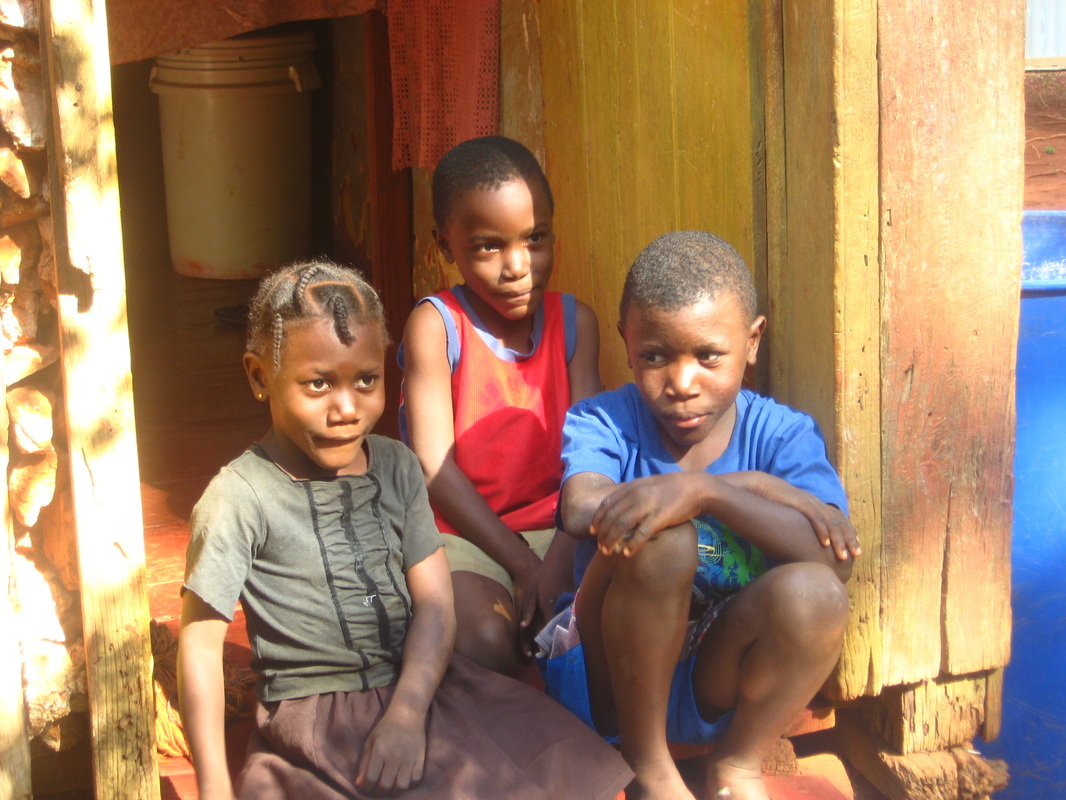

 RSS Feed
RSS Feed
